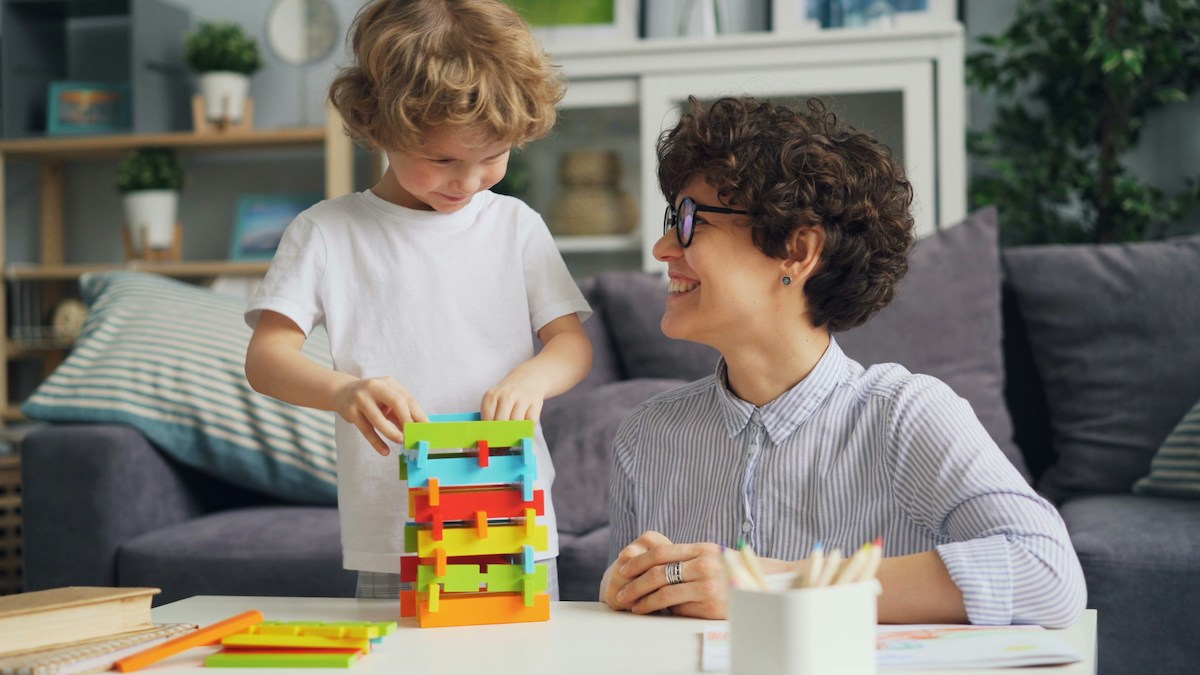If your child has allergies, you know how much extra care and planning it takes to keep them safe, especially at school. It can feel overwhelming, whether they’re just starting their school journey or have been navigating classrooms for a while. Managing allergies isn’t a one-time task; it’s a daily, year-round commitment involving patience, communication, and helping your child build confidence to handle challenges as they arise.
The good news? With some thoughtful steps and support, you can help your child feel confident, safe, and truly included—from classroom lessons and playground play to birthday parties and lunchtime chats. You’re not alone in this journey, and every small action makes a big difference.
Here are 10 ways to support your child in managing their allergies smoothly while encouraging independence and inclusion:
1. Have Open, Ongoing Conversations With Your Child About Their Allergies
Even if you’ve talked about it before, check in regularly. Empower your child with knowledge to help them stay safe:
-
Show them what their allergenic foods look like in different forms.
-
Talk about where allergens might be hiding (e.g., dairy in baked goods).
-
Help them recognise their symptoms and know what to do if they feel unwell.
-
Practice calmly asking for help and telling a teacher or a friend if an adult isn’t nearby.
-
Remind them not to accept food without checking first with a trusted adult.
2. Explain Why Not Sharing Food Is Important
Kids are often encouraged to share, but food is different. Try saying:
🗨️ “Food that’s safe for your friend might make you sick—even if it looks the same.”
Practice polite ways to say no when offered food, so your child feels confident handling those moments.
3. Prioritise Handwashing Before Meals
Soap and water are essential, as hand sanitiser doesn’t remove food allergens. Talk to your child’s teacher or the school about handwashing routines—especially before snack time or lunch.
4. Consider a Medical Alert Bracelet or Necklace
This small wearable item can help staff quickly identify your child’s allergies in case of an emergency. Choose one that clearly lists their specific allergens.
5. Stay Connected With Your Child’s Teacher
It’s helpful to maintain open communication throughout the year. Schedule check-ins to talk about:
-
Your child’s understanding of their allergies
-
Their symptoms and what they might look like in real-time
-
Classroom use of allergens (e.g., food in crafts or activities)
-
Ways your child can participate in food-based lessons with substitutions
6. Create a Safe ‘Snack Box’ for Special Events
Birthday cakes and shared treats can be tricky. A small, clearly labelled container of allergy-safe snacks or fun alternatives (like stickers or stamps) helps your child feel included during class celebrations.
7. Keep Action Plans Updated
Ensure the school has a current Allergy or Anaphylaxis Action Plan. In Australia, refer to the ASCIA (Australasian Society of Clinical Immunology and Allergy) plans:
-
Update asthma action plans, too, if relevant.
Include a recent photo of your child and provide multiple copies if needed.
8. Provide Clearly Labelled, In-Date Medication
Most schools will require an EpiPen (or Anapen) and/or antihistamines. When filling a prescription:
-
Ask for the longest expiry date
-
Set reminders to replace them at least a month before expiry
-
Label medications clearly with your child’s name and class
9. Talk With Other Parents Ahead of Parties or Playdates
Letting others know about your child’s allergies helps make social events safer and more enjoyable. Offer to bring a safe treat or suggest allergy-friendly snacks. Most parents will appreciate your proactive communication.
10. Help Your Child Identify Their ‘Safe Circle’
Encourage your child to know which trusted adults they can go to if they feel unwell or unsure about something. This can include:
-
Their classroom teacher
-
Playground duty staff
-
Office staff or school nurse
-
Peer support buddy (if the school has one)
🗨️ You might say: “If something doesn’t feel right, go straight to someone in your safe circle—they’re there to help you.”
Use orientation photos or school bios to help familiarise your child with these faces throughout the year.
Final Thoughts
Living with allergies means ongoing care and vigilance — but it also means teaching your child independence, confidence, and how to navigate their world safely. With preparation, communication, and a supportive community, your child can thrive in school and beyond.
Remember, you’re not alone. Families, teachers, and friends all play a role in creating a safe, understanding environment for your child. The goal is progress, not perfection, and helping your child feel empowered to take on each new day with confidence.
—
About the author:
“Dr Melissa Raymond is a researcher, mum and physiotherapist based in Melbourne. She supports parents with children with eczema and allergies with evidence-based and helpful information for a healthier future. Access her resources at yourjourneytohealing.net.“









